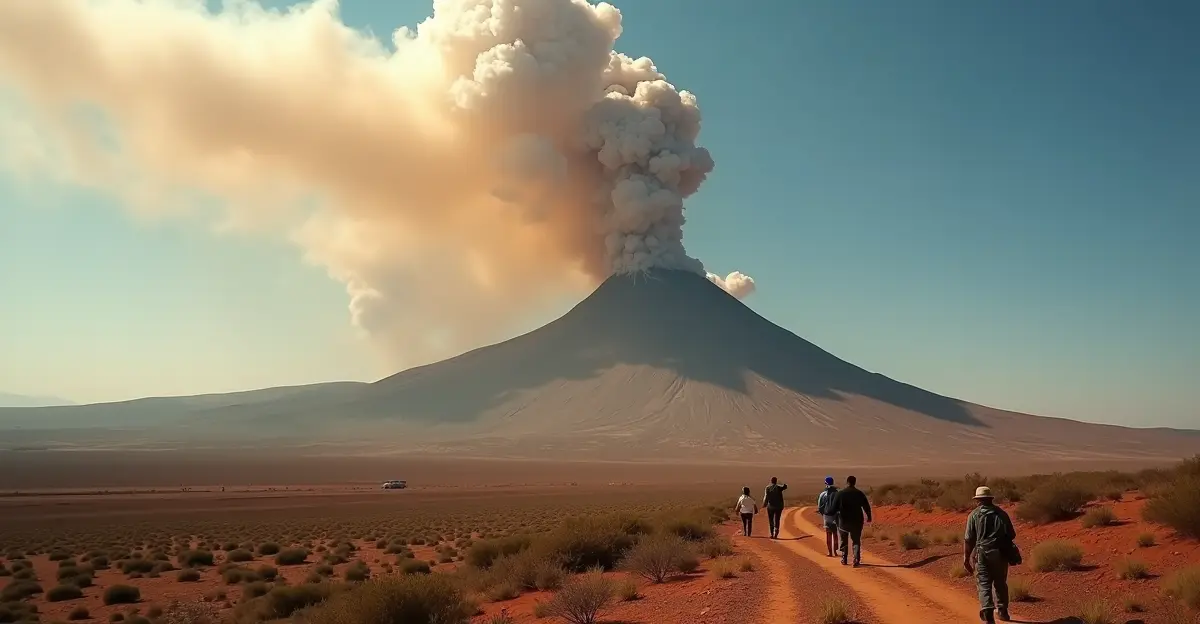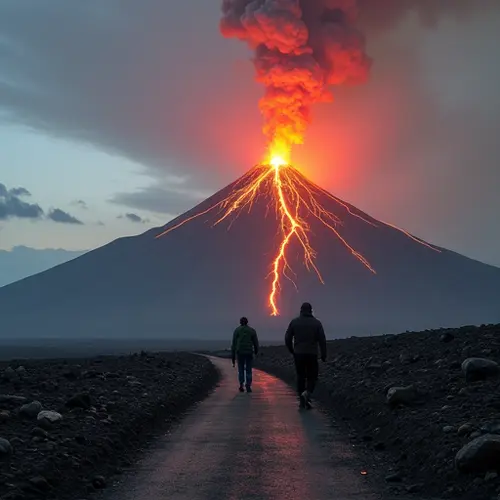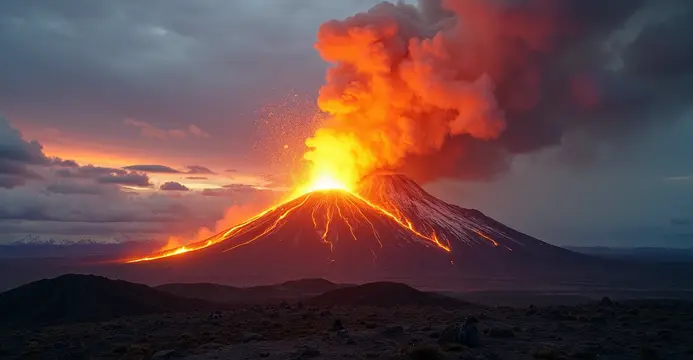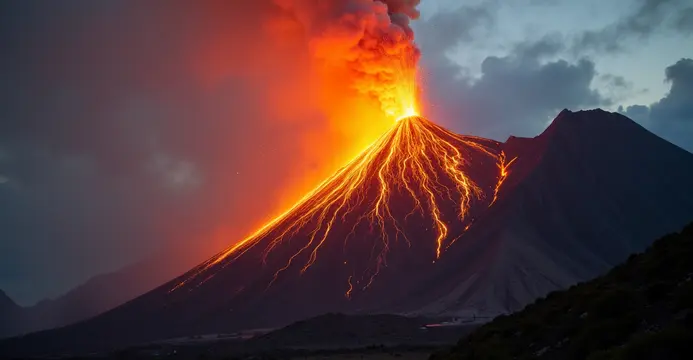Ethiopia's Hayli Gubbi volcano erupted for the first time in recorded history after 12,000+ years of dormancy, sending ash 14km high. No casualties reported in remote Afar region.

Historic Eruption in Ethiopia's Afar Region
In a remarkable geological event, Ethiopia's Hayli Gubbi volcano has erupted for the first time in recorded history, ending thousands of years of dormancy. The eruption began on November 23, 2025, at approximately 08:30 UTC, sending a massive ash plume soaring up to 14 kilometers (46,000 feet) into the atmosphere.
Unprecedented Volcanic Activity
The Hayli Gubbi volcano, located in the remote Afar Region of northern Ethiopia, had no known historical eruptions prior to this event. According to the Smithsonian Institution's Global Volcanism Program, this marks the first confirmed Holocene activity for this shield volcano after at least 12,000 years of dormancy.
Satellite data revealed significant sulfur dioxide emissions with total mass loading of 58.4 kilotons, spreading over 842,145 square kilometers. 'This is an extraordinary event that provides valuable insights into volcanic behavior in the Afar Rift system,' said Dr. Maria Santos, a volcanologist at the University of Addis Ababa.
Regional Impact and Monitoring
The Toulouse Volcanic Ash Advisory Center has been closely monitoring the ash cloud, which has been drifting eastward across Yemen and Oman toward the Indian Ocean. The advisory center reports that the eruption stopped by 20:00 UTC on November 23, but residual ash continues to affect the region.
'The ash cloud is expected to reach the Himalayas by tomorrow, though at significantly reduced concentrations,' stated Jean-Luc Moreau, a senior analyst at the Toulouse VAAC.
Geological Significance
Hayli Gubbi is the southernmost volcano of the Erta Ale Range in the Afar Triangle, one of Earth's most geologically active regions. This area lies along the Great Rift Valley where the African continent is slowly splitting apart.
The region is known for its extreme conditions, with some of the hottest temperatures on Earth and minimal rainfall. Despite the dramatic eruption, the remote location has meant no casualties or major damage have been reported.
Scientific Opportunity
This eruption provides scientists with a unique opportunity to study a previously dormant volcano in one of the world's most significant geological laboratories. The Afar region is where three tectonic plates - the Nubian, Somalian, and Arabian plates - converge, creating ideal conditions for volcanic activity.
'We're witnessing continental breakup in real time, and this eruption adds another piece to our understanding of these complex processes,' noted Professor Ahmed Mohammed, a geologist specializing in East African tectonics.
The eruption's timing and characteristics will help researchers better understand volcanic hazards in the region and improve forecasting models for future activity in similar geological settings worldwide.

 Nederlands
Nederlands
 English
English
 Deutsch
Deutsch
 Français
Français
 Español
Español
 Português
Português









